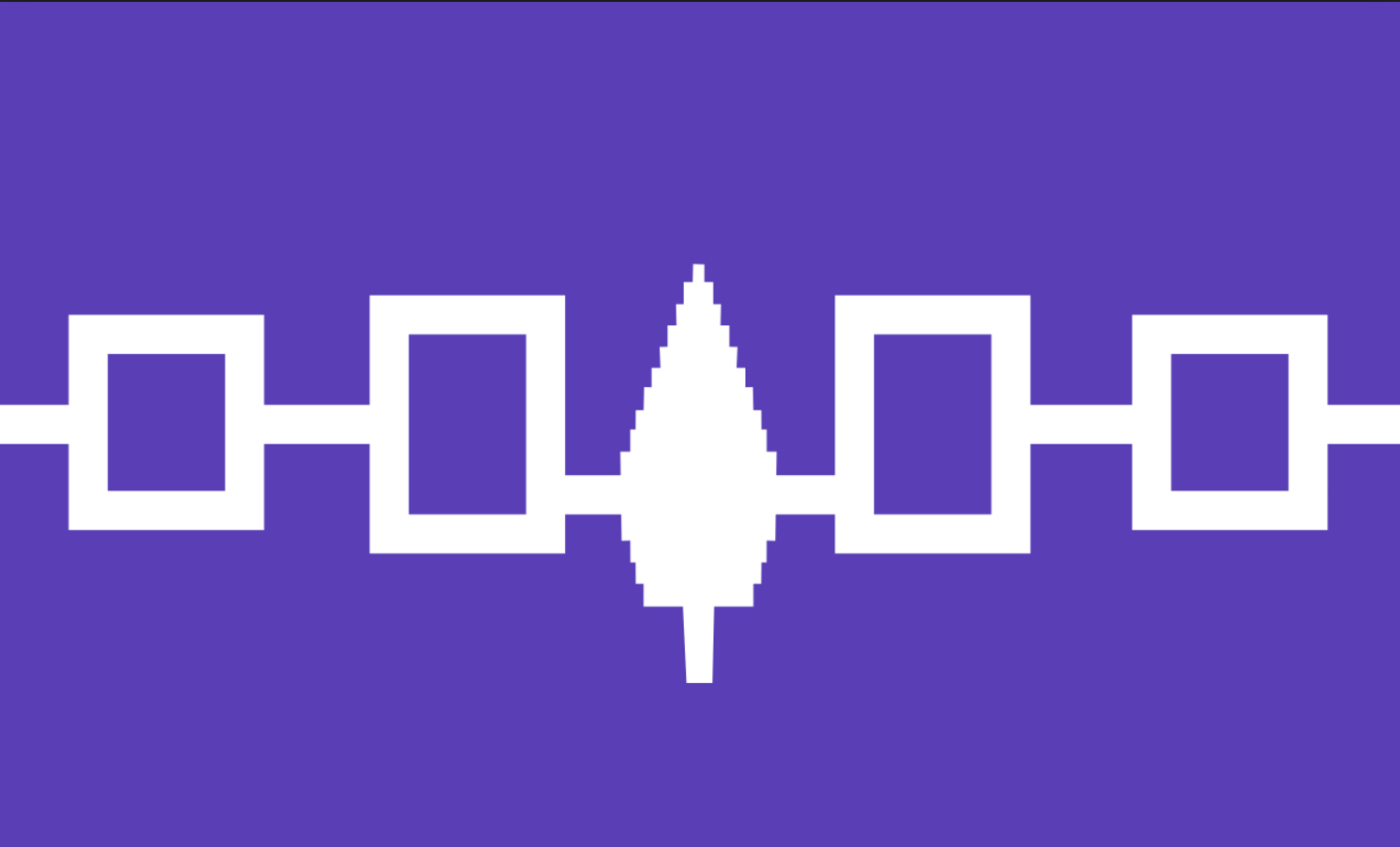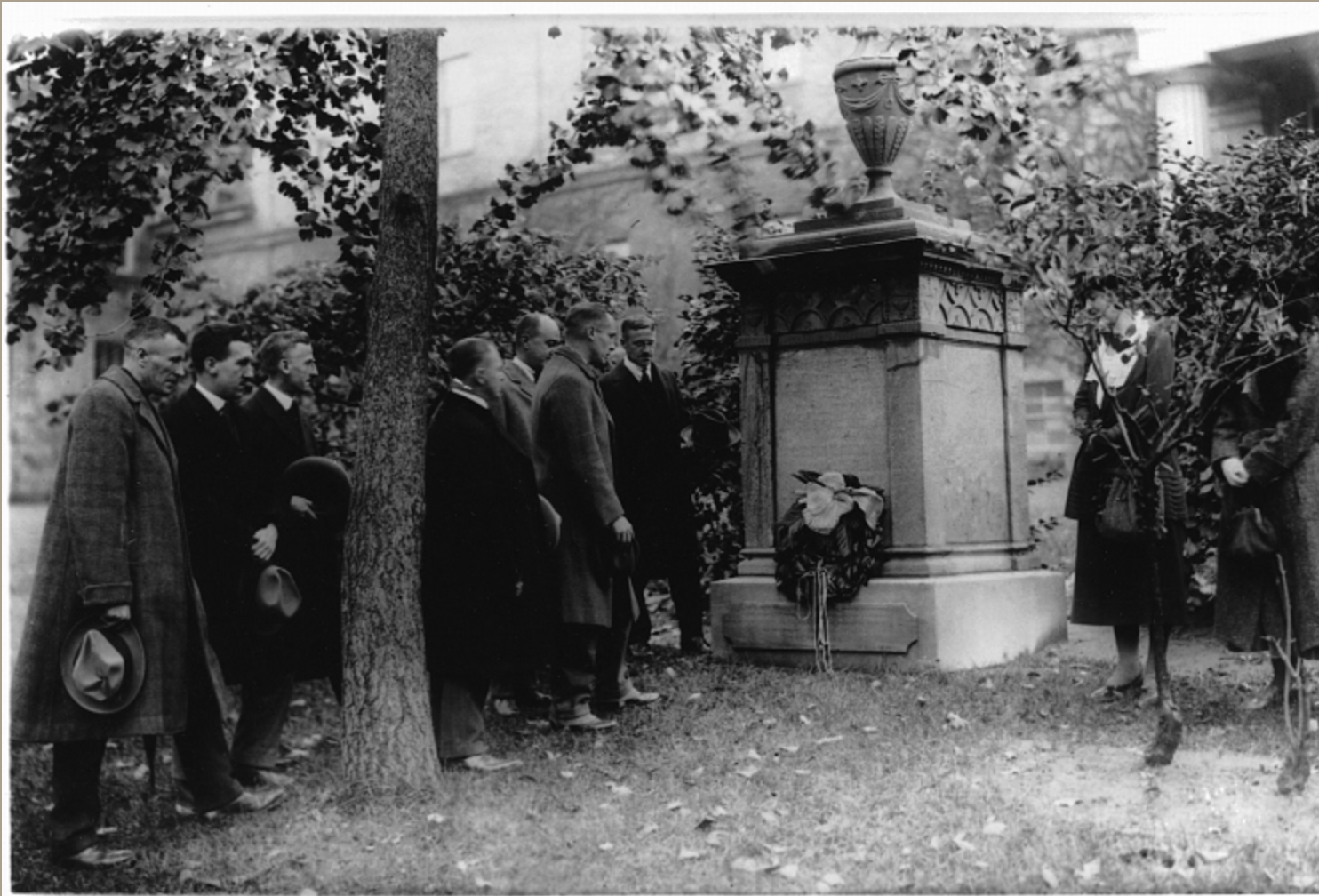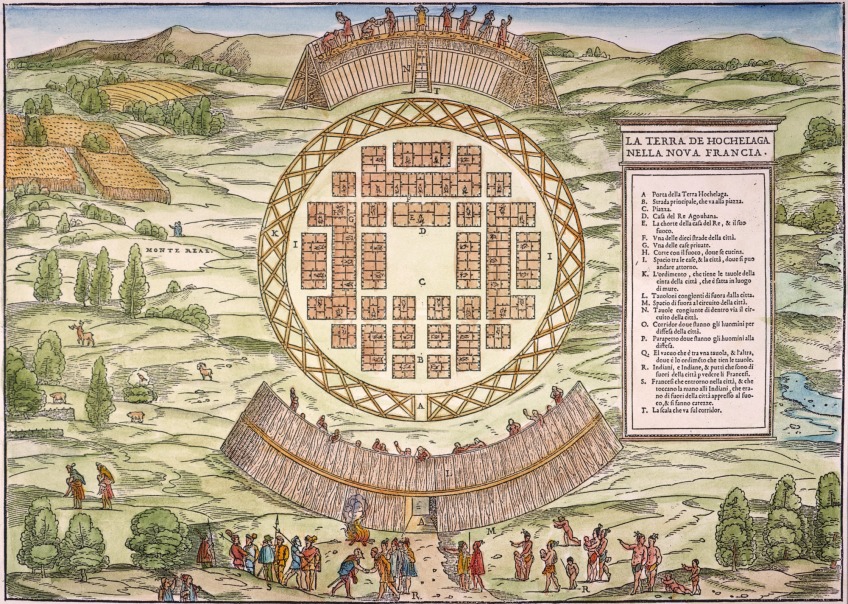Long before the founding of McGill or the confederation of Canada, Indigenous peoples resided in the territories on which the university has been constructed. The most famous documentation of Indigenous life on these lands was written in 1535 by French explorer Jacques Cartier, who initiated the colonial project of New France at the behest of King Francis I. On his first voyage, Cartier had kidnapped Dom Agaya and Taignoagny, sons of the chief of Stadacona, a St. Lawrence Iroquoian village located near present day Quebec City. After being ‘exhibited’ in France [Trigger+Pendergast xiii], Dom Agaya and Taignoagny told Cartier of a river that would lead him to the continent’s interior and Iroquois settlement of Hochelaga. During his second voyage, Cartier took their guidance and became the first European to explore the St Lawrence River–a ‘discovery’ regarded as his most significant.



